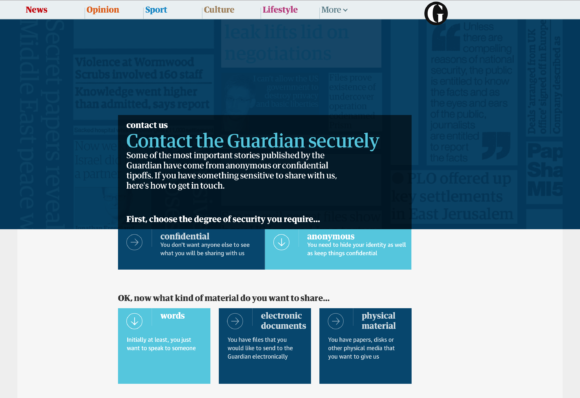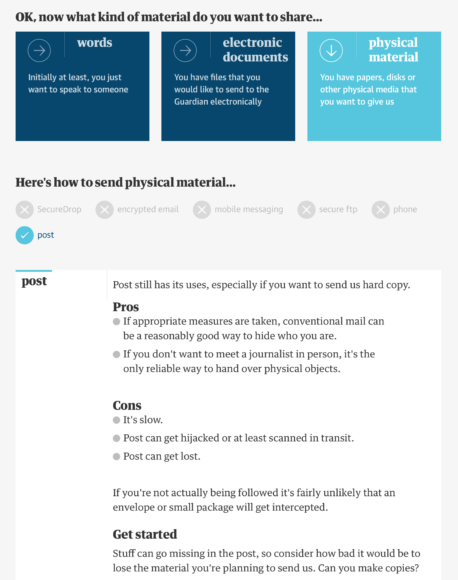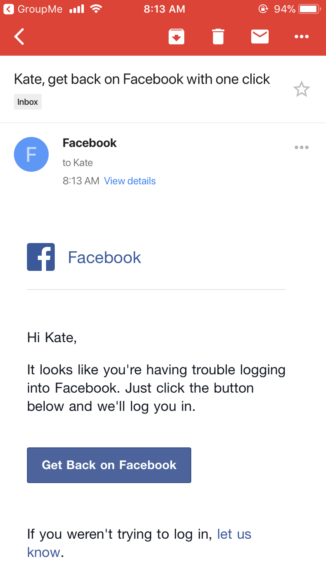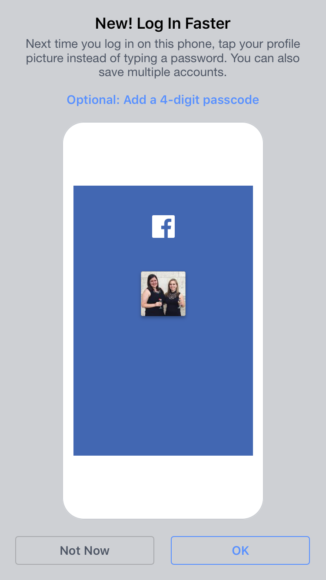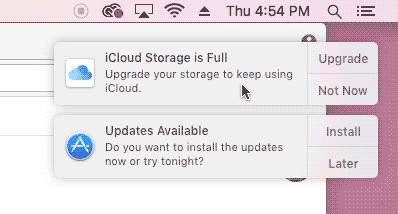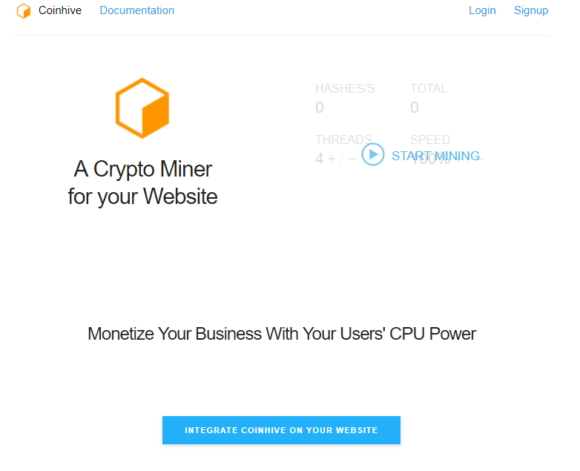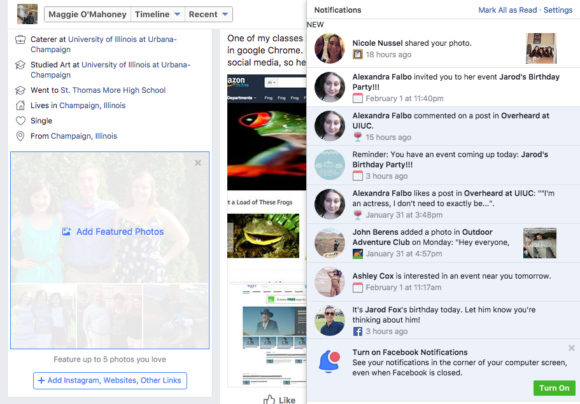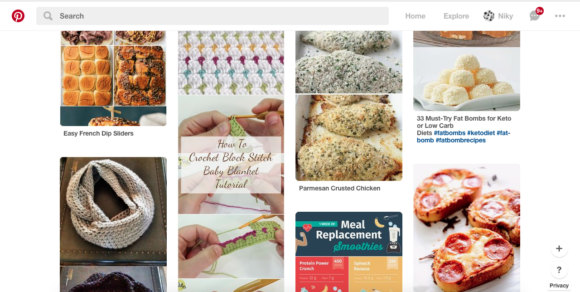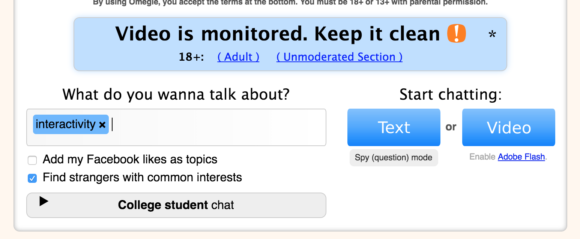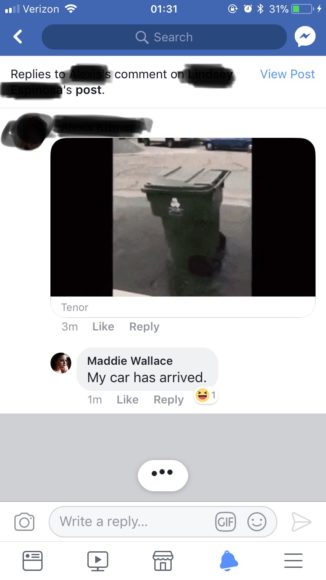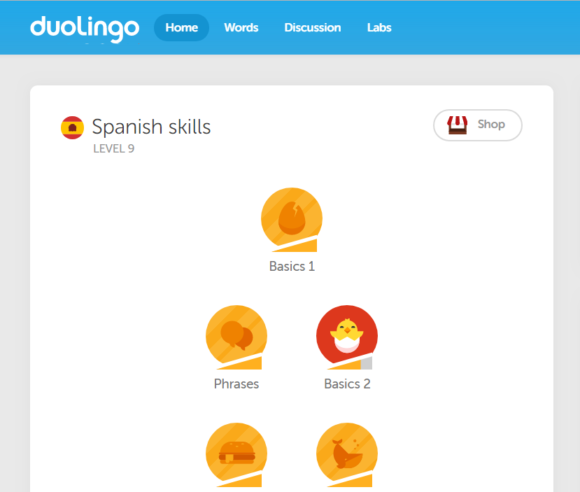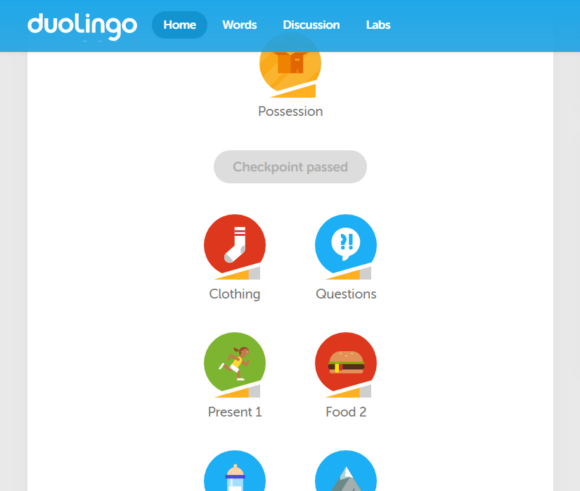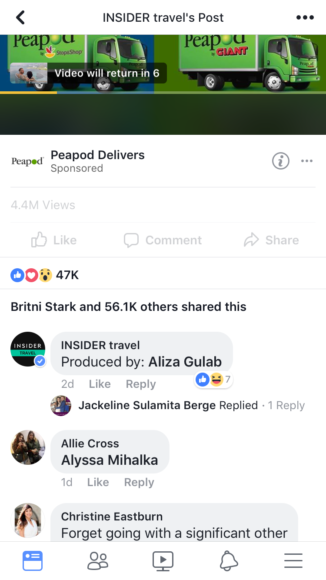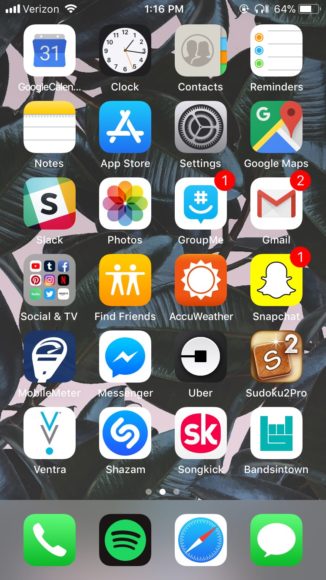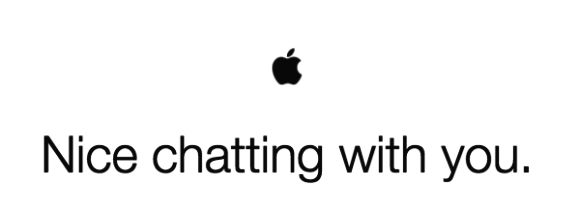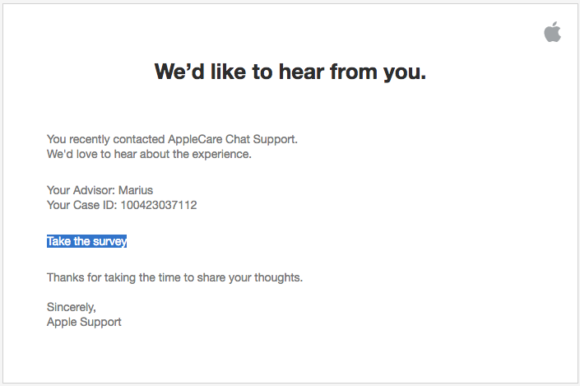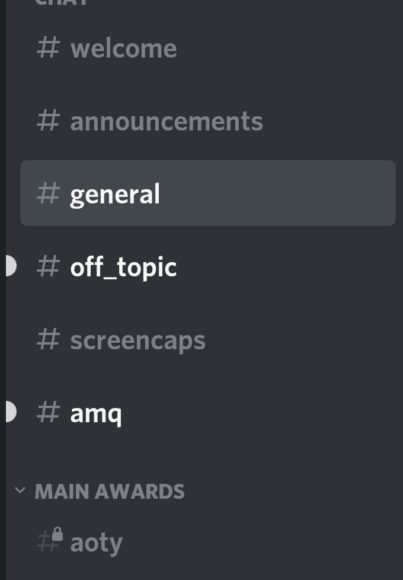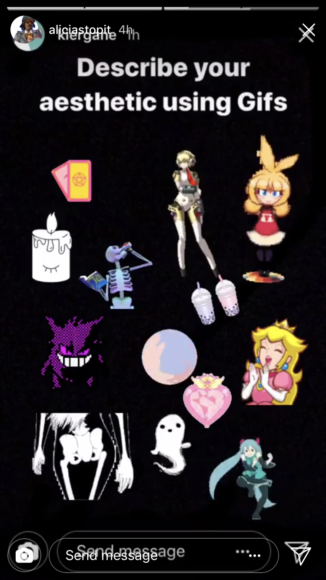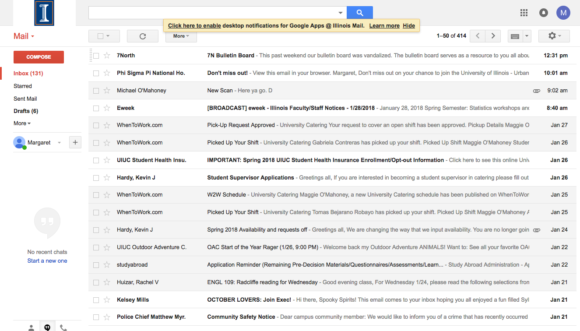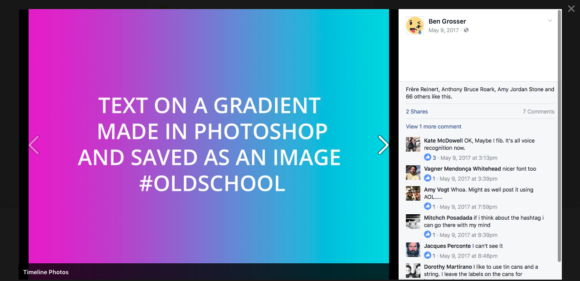I started reading The Guardian for news after they released documents from Edward Snowden. Often in my busy schedule I scroll through the headlines looking for news I can handle that day and news I can not handle (almost like I’m reading Huffington Post) but one banner on the web page always stands out to me.
I realized that the Tip us off banner is incredibly prominent in the lay out of the page. It is meant to be seen easily and accessed easily by any reader. I finally decided to click on the banner to see how easy it is to securely contact The Guardian. Below are the screen captions of contact pages with directions on setting up a secure drop an encrypted email or the pros and cons of mailing them physical packages. Not only does this structure easily engage with a wide diversity of internet users but it also points to a concern of the organization as a whole: privacy and long form journalism. I poked around on CNN, The Wall Street Journal, and my local Baltimore news stations: WJZ and WBAL. Non of them listed any options for contacting with news stories, let alone, contacting with encrypted messaging. Of course the information is probably buried deep in the websites but non of them display contacting them as an integral feature of the news experience.
Part of me wonders if there isn’t some link here between media outlets through their design seem to promote participation in democracy vs. tell you about your democracy in hopes of galvanizing the viewer/reader. Trolls and angry people are perfectly capable of sending hate or threat mail to journalists even in the most obscure publications so they seem to have the tools at hand to contacting news outlets. Is The Guardian’s banner directed at those who normally wouldn’t even contact the news? Is it possible for them to offer this service being a pay-wall-less, non-broadcasting news entity in a small yet powerful nation?

